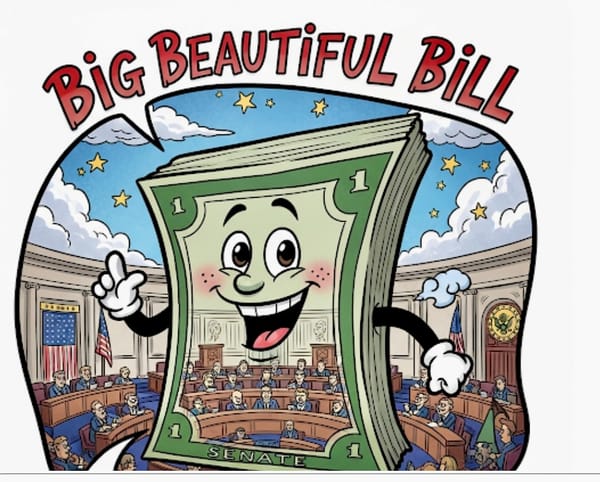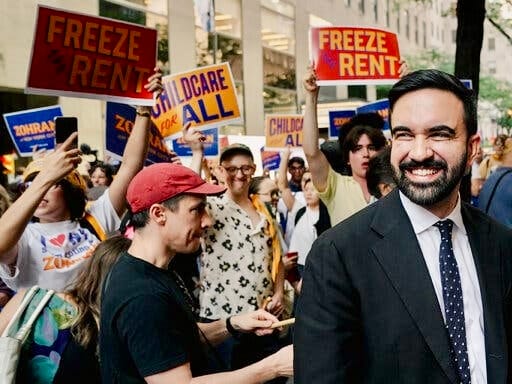Sorry, Thomas Wolfe got it wrong
When Thomas Wolfe wrote “You can never go home again,” that was a metaphor, meaning that nostalgia sprays golden dust over our memories, causing us to remember things with a much brighter hue than they actually enjoyed. Going home could be cruel, a rude awakening.
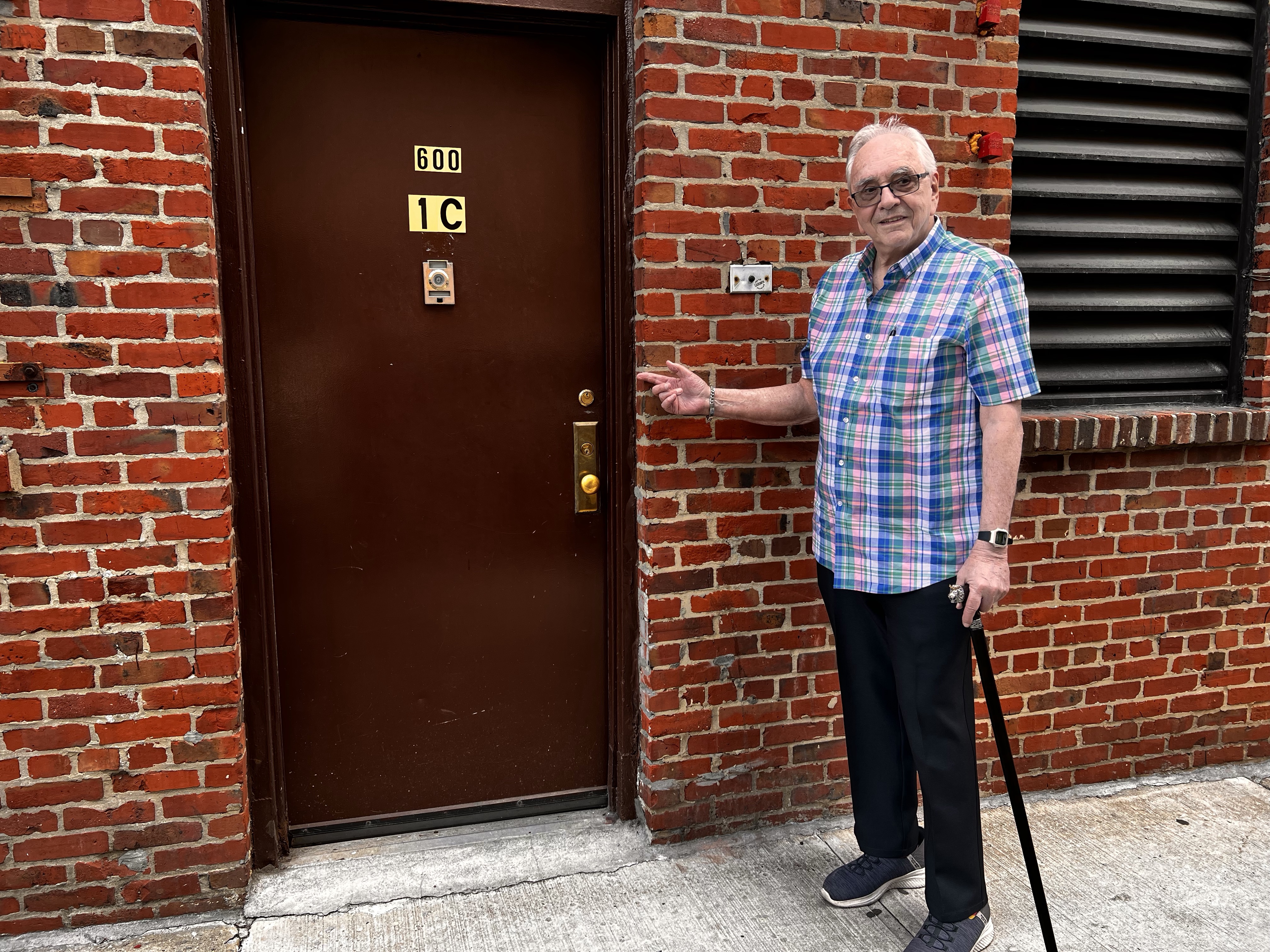
The first place I ever lived
This past weekend during a romantic weekend with my beautiful and talented fiancee, , she said she wanted to be part of my journey into the past — to visit the place of my birth in The Bronx, and then drive all the way to Brooklyn, to the housing project where I spent the rest of my teen, and then young adult, years.
Thomas Wolfe was wrong, but not entirely.
I made a right off Southern Boulevard, noticing the boulevard was narrower than I remembered (and the rumbly cobblestone was replaced by smooth black pitch covering the long-ago trolley tracks) onto Avenue St. John, which was the vertical street in a T shape, with Timpson Place being the horizontal top of the T.
Avenue St. John, which was our stickball field, was half as long as I remembered it. There were two five-story brick apartment buildings on either side of the street. Between those two buildings were a series of interconnected back alleys that provided escape long ago from enemies.
Facing me at the foot of Avenue St. John was my five-story tenement, 600 Timpson Place, zip code Bronx 55, New York. Telephone number MOtt Haven 9-3896. The entrance to our apartment, where my parents brought me home from the hospital, was on the side, not in the main entrance of the building.
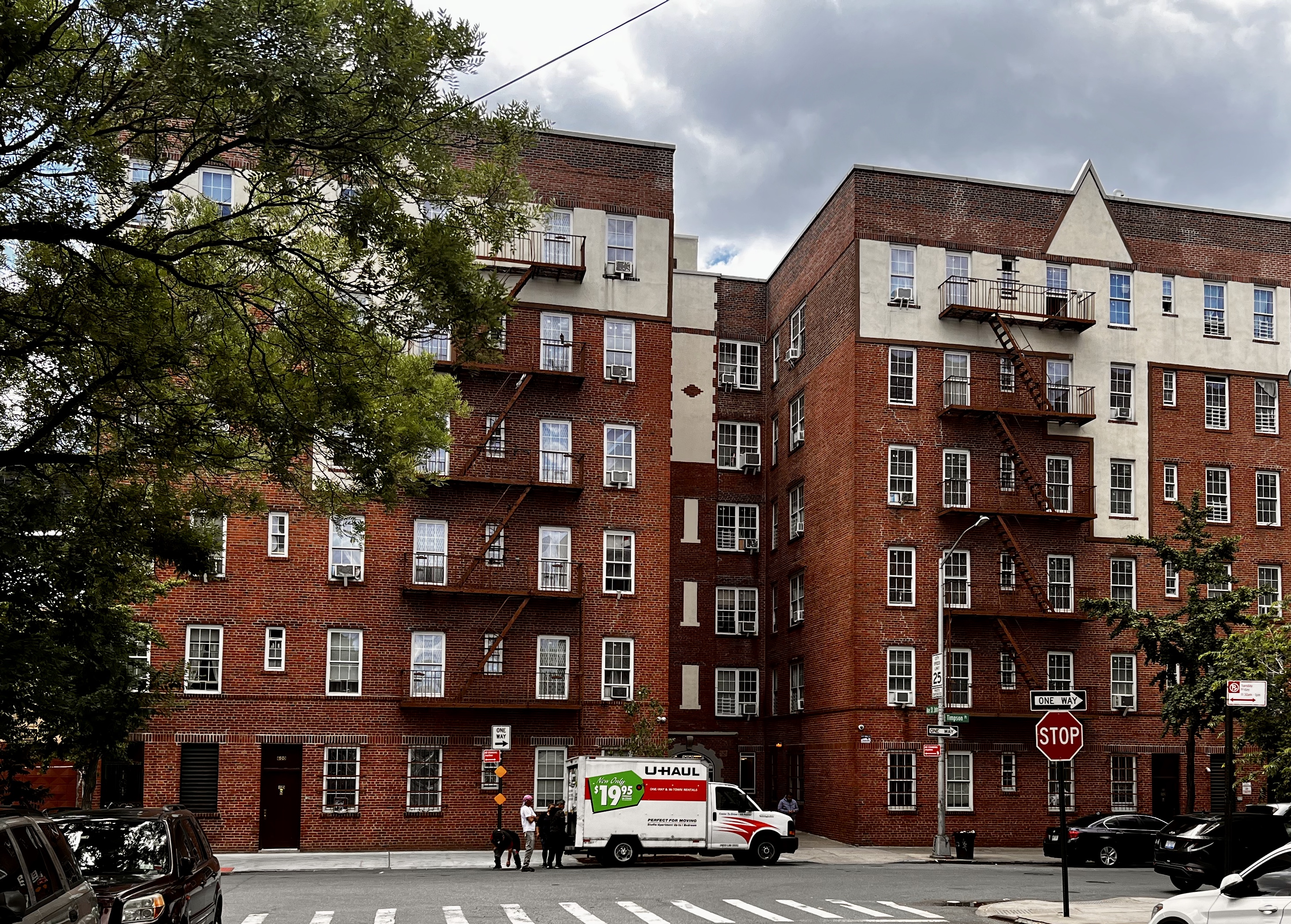
I was struck with how beautiful the Tudor style, red brick building is, one of three identical units built side by side by side — in 1920! Each building has 50 apartments.
I think about the people who lived there in the 20 years before we arrived, and in the 65 years since we departed. How many families lived there? How many stories could they tell?
I parked easily. Timpson Place ran for two long blocks, with only five apartment buildings, three on the east side of the street, two on the west side. Parking was always easy.
When we left in 1957, decay already gripped the neighborhood. There was a huge influx of Puerto Ricans, followed by — let’s call it social unrest. Puerto Rican and “white” street gangs arose, with frequent clashes resulting in injury and sometimes death. The weapons then were mostly switchblade knives, belts, rocks, clubs, engineer boots, and the occasional zip gun. No Glocks or AR-15s.
The whites who could, fled. When “West Side Story” was produced in 1957, followed by the movie in 1961, I wouldn’t go see it. Gang wars were not funny, and the thought of guys dancing ballet with switchblades was revolting. I also hated Puerto Ricans then.
That lasted until Jose Baez, who was my classmate in junior high. He was Puerto Rican, a kid like me, he spoke English, we had the same interests and became best friends until we went to different high schools. Jose cured me of my bias and taught me to judge people as individuals. It is one of the reasons that to this day I don’t like identity politics, because it is judging people by groups.
Before the neighborhood changed, my life in The Bronx was, well, idyllic. It got much worse after we left.
Until I was about 10, no one had a TV, no one had air-conditioning, few had a car, and “dining out” was the local “Chinx,” as we called the Chinese restaurant, or the “deli.”
No cell phones, no XBox, no internet. We stayed out until the street lights came on, or later, or until father called us with the “family whistle,” a unique few notes. We had very little and we had everything.
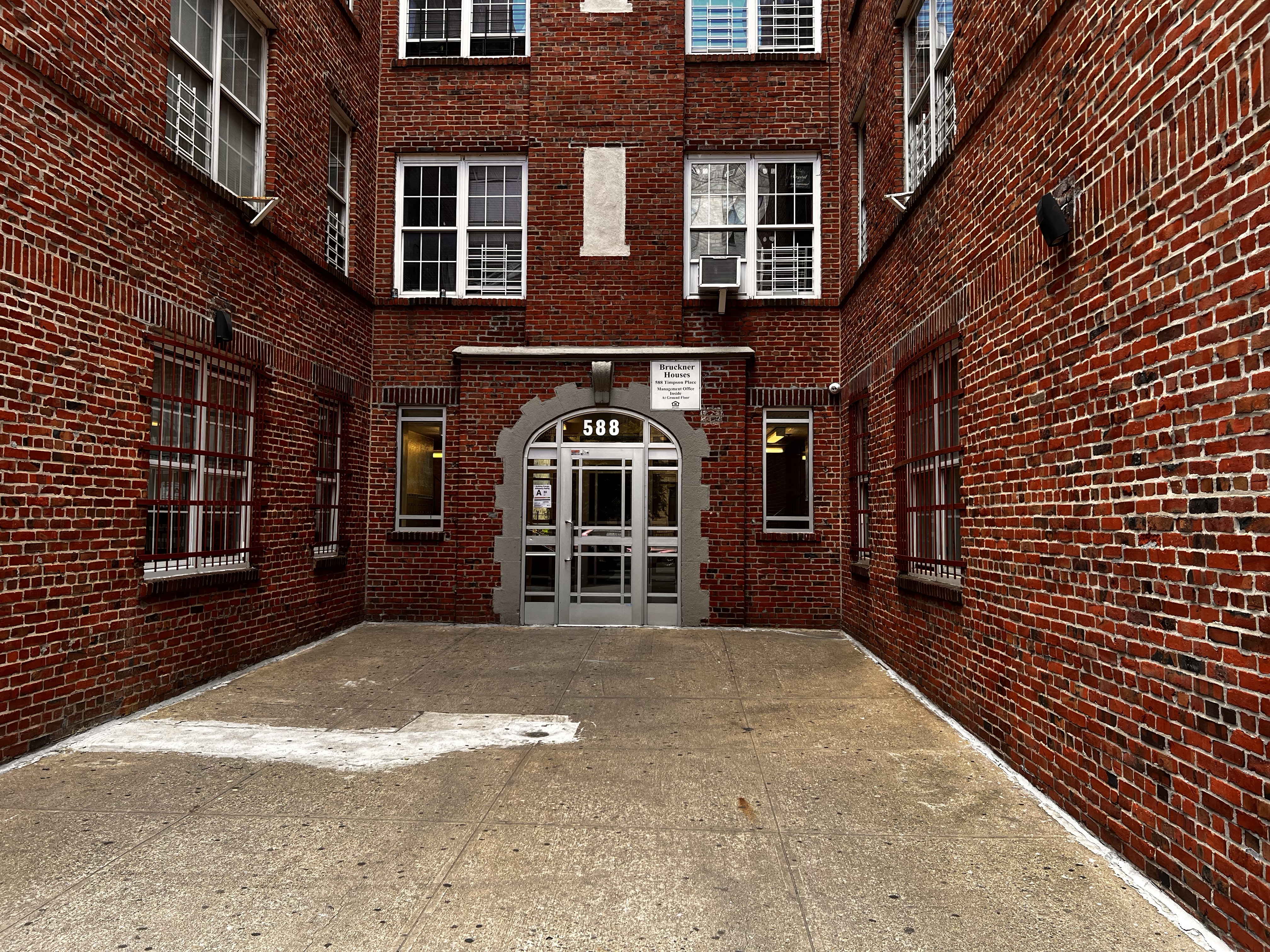
The courtyard at 588 Timpson, next door to 600, where my best friend, Jerry Goldstein lived
We played stickball on Avenue St. John, hoping Sgt. Kovacs wouldn’t pull up in his green/black/white prowl car, take our stickball bat (someone’s broom handle) and bust it in the sewer cover. The building’s court yard was made for handball, basketball in the back yard, plus kick the box, ring a leevio, hide and seek, playing soldier in the Big Lot at the end of the block, or stoop ball.
Which we played on the three-step stoop in front of the entrance to my apartment. That stoop is no longer there, and the door that used to be 18 inches above the sidewalk is now flush with it.
I can’t figure that out, unless the three steps up are now behind the door.
It was easy to understand why the Big Lot is now a truck depot.
I parked and crossed the street to have my fiance take my picture in front of the door to my apartment, then another in the courtyard with me pointing at the apartment where my maternal grandparents lived. My paternal grandparents lived across the street for some years, after grandfather retired as a baker in Coney Island. All four grandparents so close. What a blessing. Coincidentally, when we fled The Bronx for Brooklyn, our project was a mile from where my grandfather’s bakery had been on Mermaid Avenue.
After a few pictures, I stepped back and looked down Timpson Place.
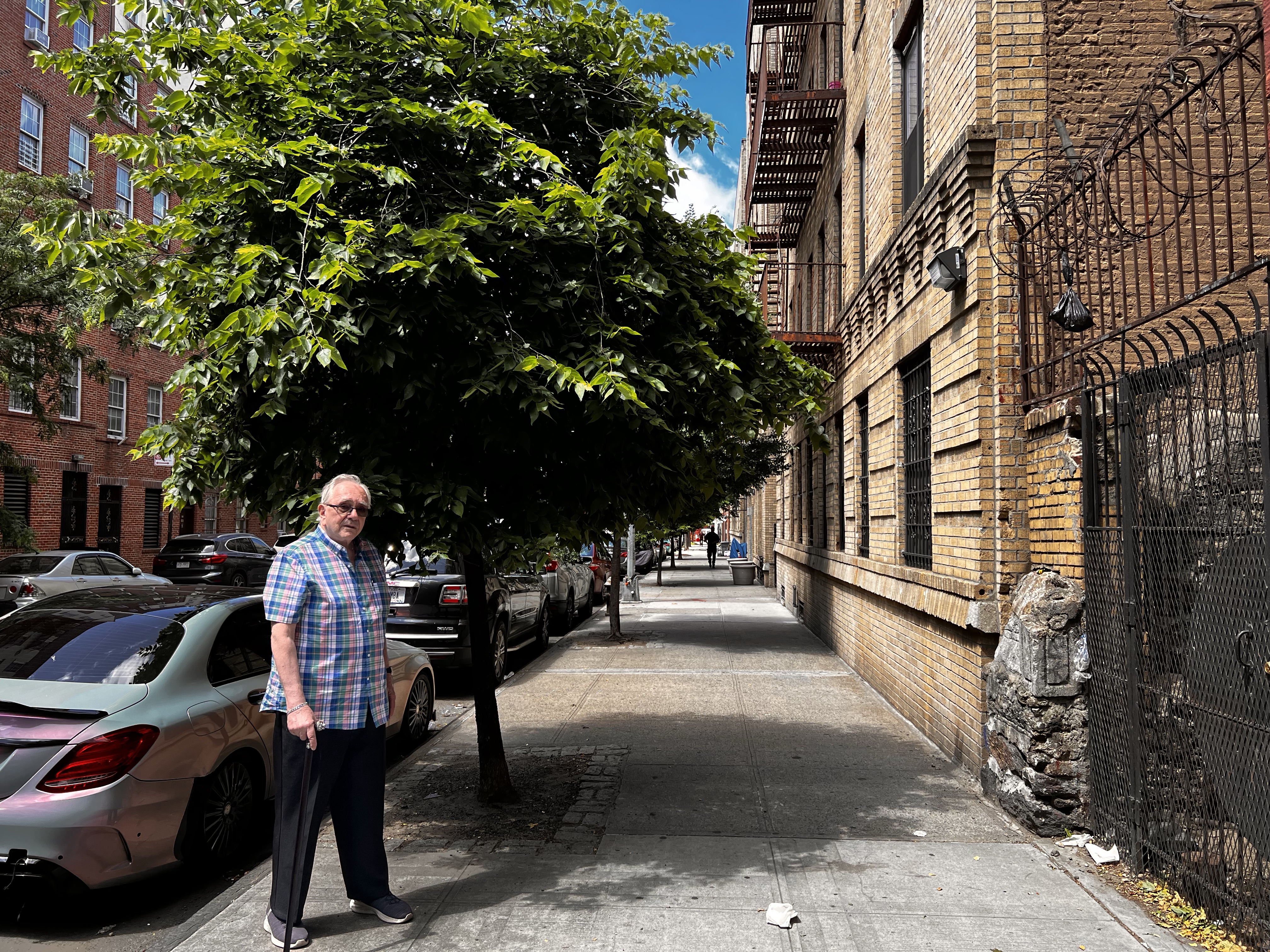
Stunned — there were trees on both sides of the street. Large, leafy, bright green, beautiful trees! It was so beautiful I teared up. Timpson Place also was unscarred by graffiti, nor sullied by trash. It was hard to believe.
There had been trees on the street when I was a toddler, but they were pulled up and paved over. I didn’t realize how much they were missed until I saw them back where they belonged. Someone cared about my block, at last, and invested in it.
Some exterior work had been done on the building’s brick, and I could see the windows are new and modern. The entrance doors are glass and stainless steel, with a locked safety door inside. The building was last renovated in 2015 (research thanks to internet) and the block almost looks like it could be moved to the Upper West Side.
OK, I admit it — I cried.
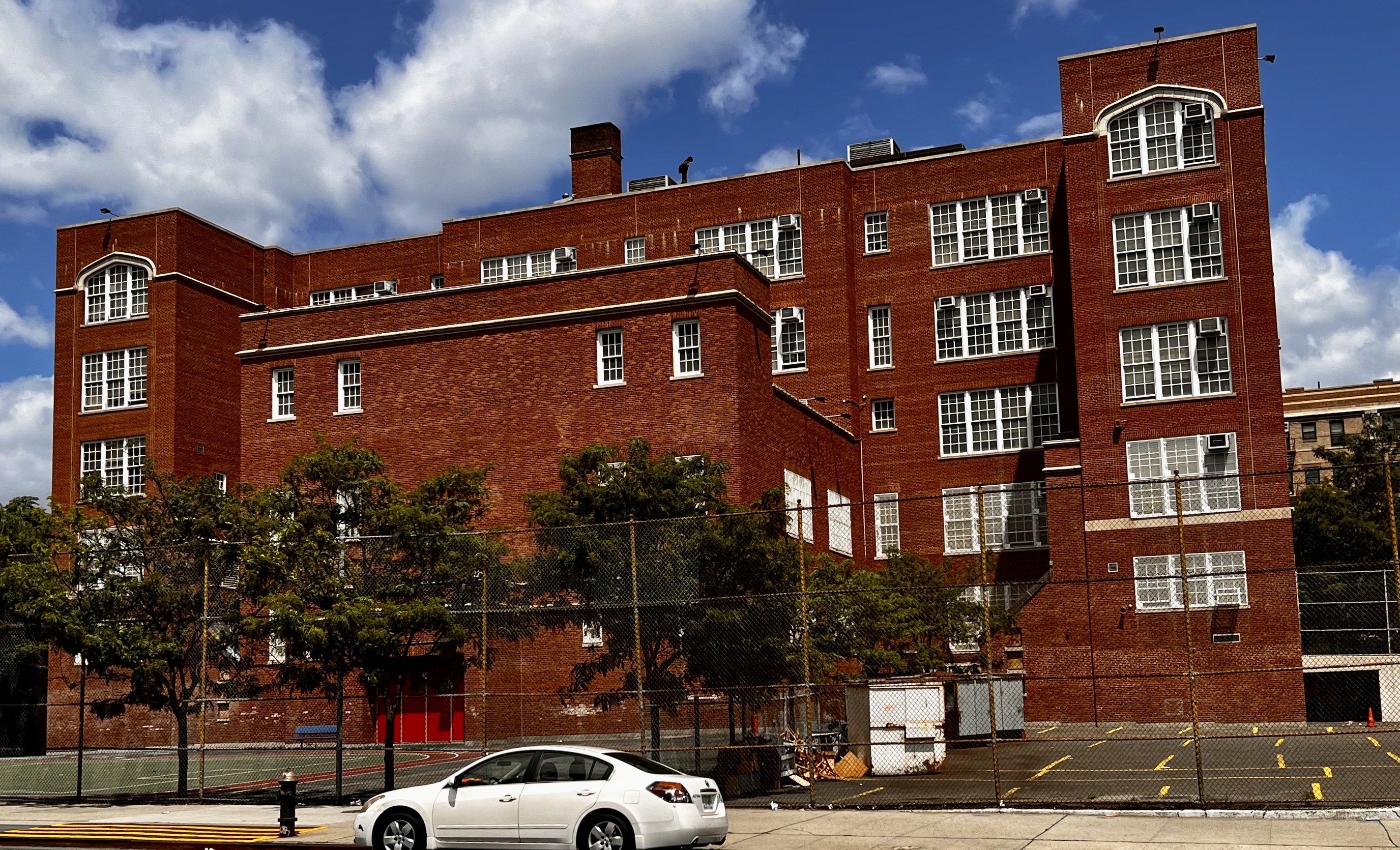
P.S. 62 looks like it’s still in service.
I cried because while a lot of the South Bronx got burned to the ground, my little corner of The Bronx survived — and blossomed. It’s just so improbable. Same for P.S. 62, two blocks from my front door, looking beautiful and apparently still in use. A few blocks away is the 41st Precinct — once known as Fort Apache.
I feared I would find a broken bone yard, but I found a neighborhood full of life.
For my family, arrival at a public housing project in Brooklyn was a huge step up in 1957.
Everything was peachy — except that the scumbag Dodgers left just as I was arriving, ready to be a Dodgers fan, largely because of Jackie Robinson. To add insult to injury, the bastards played their last game at Ebbets Field on my 16th birthday. I have hated them with a lava passion ever since.

At the entrance to 105 Ave X, where I lived from 1957-66.
Marlboro Houses had just been built, overcoming the wild objections of neighbors in the largely Italian neighborhood called Bensonhurst. The project had 28 buildings, almost all seven stories, with three high-rise buildings, 1,765 apartments, plus lawns, trees, parking spaces and tot lots. That section of Bensonhurst is called Gravesend. Very poetic.
For the first time in my life, I had my own bedroom, as did my sister and our parents. It was like in the movies!
Central a/c. Wow!
Our building was on the south edge of the project and there was nothing across the street but a huge field trying to become a swamp. The far end was a car barn where out-of-service subway cars were stored. This was allegedly the dumping ground for people who ran afoul of Murder, Inc., as the Mafia was known. Since there were no buildings across the street, plenty of parking, which I needed when I bought a ‘55 Plymouth to get to and from Brooklyn College night school.
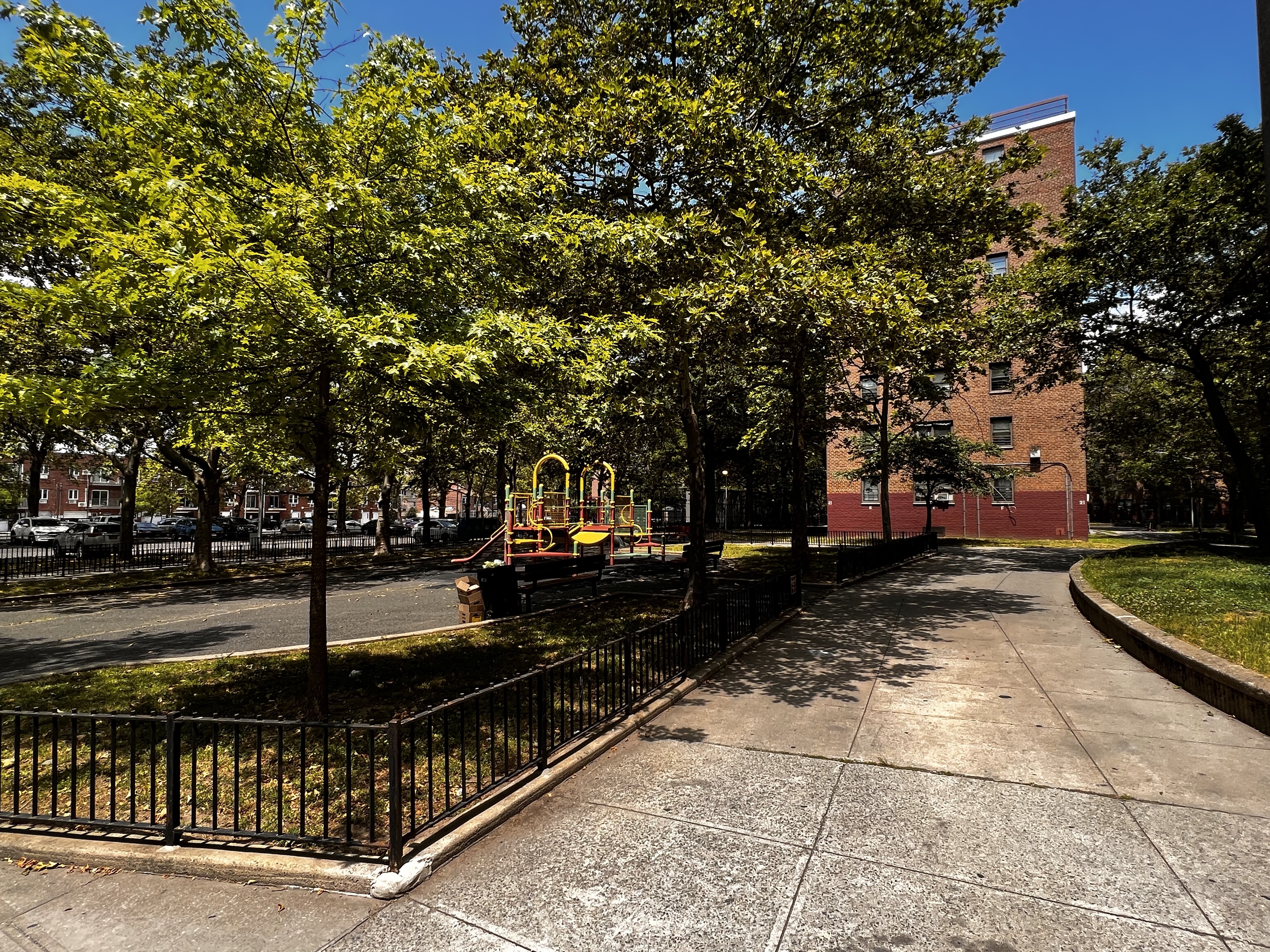
The project had a lot of green
I don’t have many stories to tell about Marlboro because I attended high school in Manhattan. Since you asked, the elite Stuyvesant. I did not go to the local high school, Lafayette, which is now closed. My sister went there, along with my good friend Paul DeCeglie, who I met in Brooklyn College around 1960. We both worked on the night school newspaper, named Ken, which is Scottish for knowledge, or scope.
Since I have a full time job since 17, I rarely hung around Marlboro. Pretty much, I just slept there.
It was a one-of-a-kind project.
The neighbors did not want a project next door, because “project” (rightly or wrongly) meant two things: 1) Black 2) poor.
The New York City Housing Authority sold it to the Bensonhurst neighbors by promising the project would be majority white and not poor, but lower income. Working class, with an emphasis on “working.”
The rules required that at least one member of the family be employed, meaning no welfare families.
Yeah, I know that’s unfair, but “project” in New York then was as popular as “methadone clinic” is today. No one wants one nearby.
As I recall, there were 56 apartments in my building, 105 Avenue X. Using the mail directory in the lobby, plus common sense and looking at tenants, you could see each building was divided into a percentage of ethnicities. Don’t hold me to the numbers, but it was something like 15 Italian families, 15 Irish families, 10 Polish families, eight Black families, six Jewish families, three Hispanic families. There were more ethnicities than I mentioned, but you get the idea.
No ethnicity had a majority. Every single building was like a mini United Nations. Everyone got along. We all knew we caught the gold ring. Kids were kept on a short leash.
If kids — or adults — misbehaved, they’d get the old heave ho into one of the slums pretending to be housing. There was no drug dealing. There was hardly any theft. Disorderly conduct was rare.
The threat of expulsion was enough to keep order.
The place is clean and graffiti free today. Just like Timpson Place.
It was then working class and law abiding. It seems to be the same today, and majority Black.
There’s even a Marlboro Facebook page. I checked in there to read the overwhelmingly positive comments from the people who benefited from government-assisted housing, beneficial to all when done right.
And the “all” includes the local businesses that got a huge shot in the arm from thousands of new customers.
I doubt I will ever again stand in front of 600 Timpson Place, or 105 Avenue X.
I want to remember them as they stand in 2023, even better than so many years ago.
Thomas Wolfe was wrong. I did go home again and it was better than my nostalgia-tinged memories.


